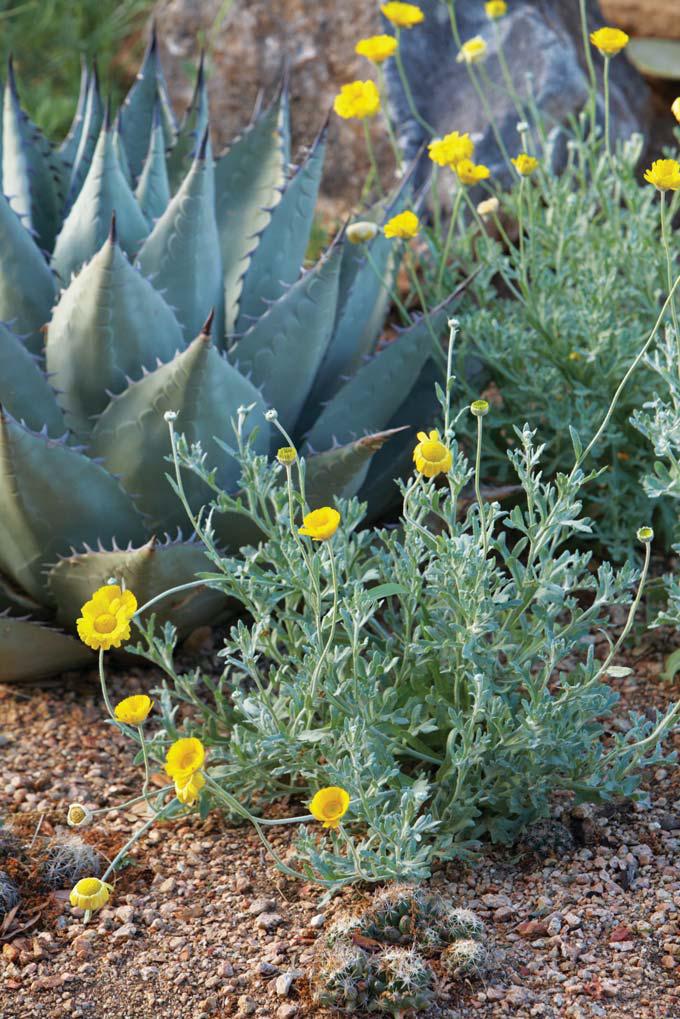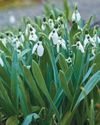
I GREW VERY TIRED of hearing about English gardens when I was a horticultural student at the New York Botanical Garden in the mid-1970s.
They filled the role of a very talented older sibling whom you were urged to emulate, with the unspoken assumption that you would never match their accomplishments. Indeed, British colleagues did often boast of their endless collections of exotic plants, always (it seemed) with the pitying remark that, of course, we in the New World couldn't grow them in our less benevolent climates.
Over the last generation, however, the most exciting advances in garden design have been occurring on our side of the Atlantic, arguably. This is largely due to those same maligned climates of ours, which indeed often challenge those trying to grow the traditional garden plants that the British so prize.
LOCAL SOLUTIONS
For example, a cycle of extreme droughts back in the late 1980s prompted gardeners in the American West to turn their attention to their native floras, and to plant not only more native species but also to mimic in their landscaping the ways in which these plants grow in nature.
I remember a gardener in Tucson, Ariz., explaining to me then that their desert was far more biologically diverse than my lush, forested landscape in the Northeast, which was a revelation. He added that groundcovers were a concept that didn't work without excessive irrigation in the Southwest, and that plants in the desert naturally space themselves so that their roots have access to a broader reservoir of moisture. Such realizations have made communities such as Tucson and Santa Fe capitals of uniquely beautiful, regionally inspired gardens.
Another fundamental innovation of American gardening has been the extent to which it has taken the science of ecology as a partner. This has changed the craft in two ways.
هذه القصة مأخوذة من طبعة March - April 2024 من Horticulture.
ابدأ النسخة التجريبية المجانية من Magzter GOLD لمدة 7 أيام للوصول إلى آلاف القصص المتميزة المنسقة وأكثر من 9,000 مجلة وصحيفة.
بالفعل مشترك ? تسجيل الدخول
هذه القصة مأخوذة من طبعة March - April 2024 من Horticulture.
ابدأ النسخة التجريبية المجانية من Magzter GOLD لمدة 7 أيام للوصول إلى آلاف القصص المتميزة المنسقة وأكثر من 9,000 مجلة وصحيفة.
بالفعل مشترك? تسجيل الدخول

Pot It Up
Shake up the containergarden with theseNorth America –native perennials

THE GARDEN PATH TO PERDITION
I WAS CRUISING RIGHT ALONG, feeling okay about myself, when I came across a list of the Seven Deadly Sins.

A Productive PATIO
Tiny fruit, vegetable and herb plants help gardeners maximize any sort of growing space

TROPICAL FUSION
A FUSS-FREE APPROACH TO USING BOLD TROPICAL PLANTS IN ANY TEMPERATE GARDEN

WINTER READING
Pass the time with any of these inspiring books

SENSING A PATTERN
Greg Coppa reflects on an odd weather year and what continued warming may mean for his Rhode Island garden

TOP-PRIZE PERENNIALS
A foliage masterpiece for shade and a late bloomer for sun

MARK WESSEL
What's new for fruit and vegetable gardeners?

KINGS OF THE NORTHERN FORESTS
A look at the trees, shrubs and perennial plants that bolster life in Ecoregion 5

PROJECT FEEDERWATCH
Gardeners can help scientists know just where the birds are in winter